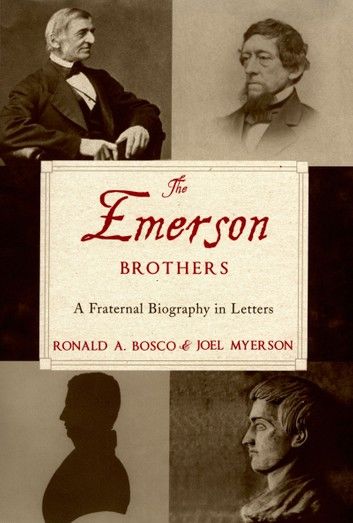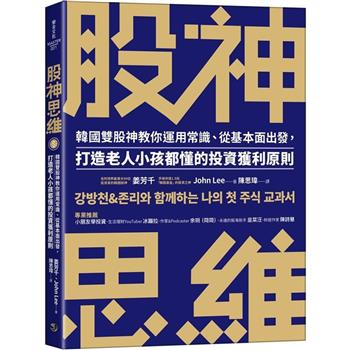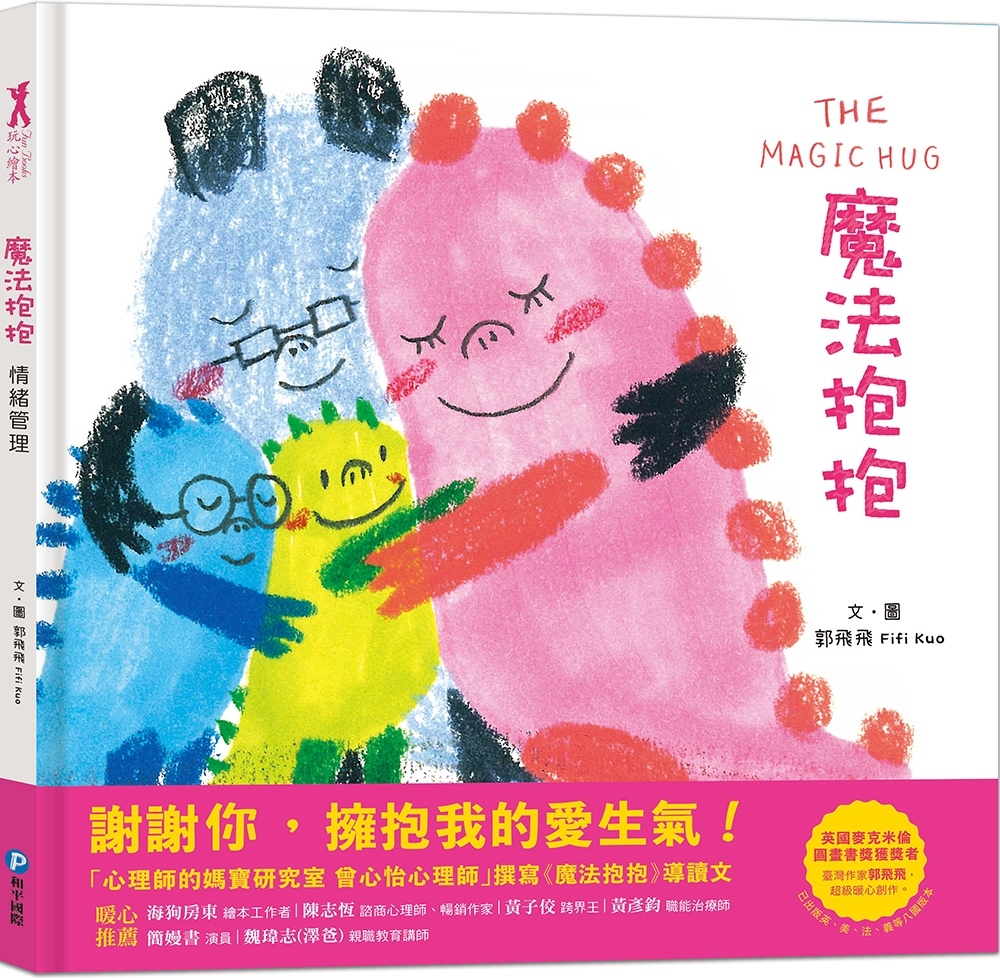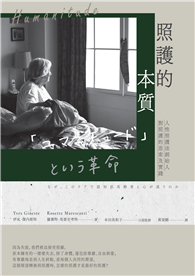The Emerson Brothers: A Fraternal Biography in Letters is a narrative and epistolary biography drawn from the unpublished lifelong correspondence exchanged among four brothers: Charles Chauncy, Edward Bliss, Ralph Waldo, and William Emerson. This is an extensive correspondence, for not counting Waldo's previously published letters, there are 768 letters exchanged among the brothers and an additional 483 unpublished letters from the brothers to their aunt Mary Moody Emerson, mother Ruth Haskins Emerson, and Charles' fiancée Elizabeth Hoar, among others. While lesser figures might have faltered under the burden of having been born an Emerson, with social, political, and ecclesiastic roots extending back to the first century of New England settlement, the brothers' letters reveal that all were invigorated by a shared sense of origin and aspired to make a significant reputation for themselves. Across six richly developed chapters, the signal events and friendships that shaped the Emerson brothers' lives are strung together to reveal a remarkable family culture. For the first time, The Emerson Brothers treats the illustrious history of the Emerson family in America as a foreshadowing of expectations the brothers inherited; defines the extent of Waldo's debt to William for his encounter with German Biblical Criticism; develops Charles' and Edward's incredibly promising but ultimately tragic lives; examines the profound emotional and intellectual impact of Aunt Mary on the younger Emersons; considers the three-year courtship between Charles and Elizabeth Hoar in the context of Waldo's own marriages; and studies the brothers' preoccupation with financial security for "the family" (revealing, too, that finances were at least as powerful a motivation behind Waldo's 1832 resignation from Boston's Second Church as were the death of his first wife and his religious doubts). This biography approaches Waldo's inner life in a way that makes him a figure to imagine personally by portraying him in relation to his brothers who are his intellectual equals. It offers an imaginative social and cultural history of one of our oldest and most gifted families, unique players in a period often considered to be the "American Renaissance."









![圖解 適齡教養 ADHD、亞斯伯格、自閉症[暢銷修訂版] 圖解 適齡教養 ADHD、亞斯伯格、自閉症[暢銷修訂版]](https://media.taaze.tw/showLargeImage.html?sc=14100126329)


